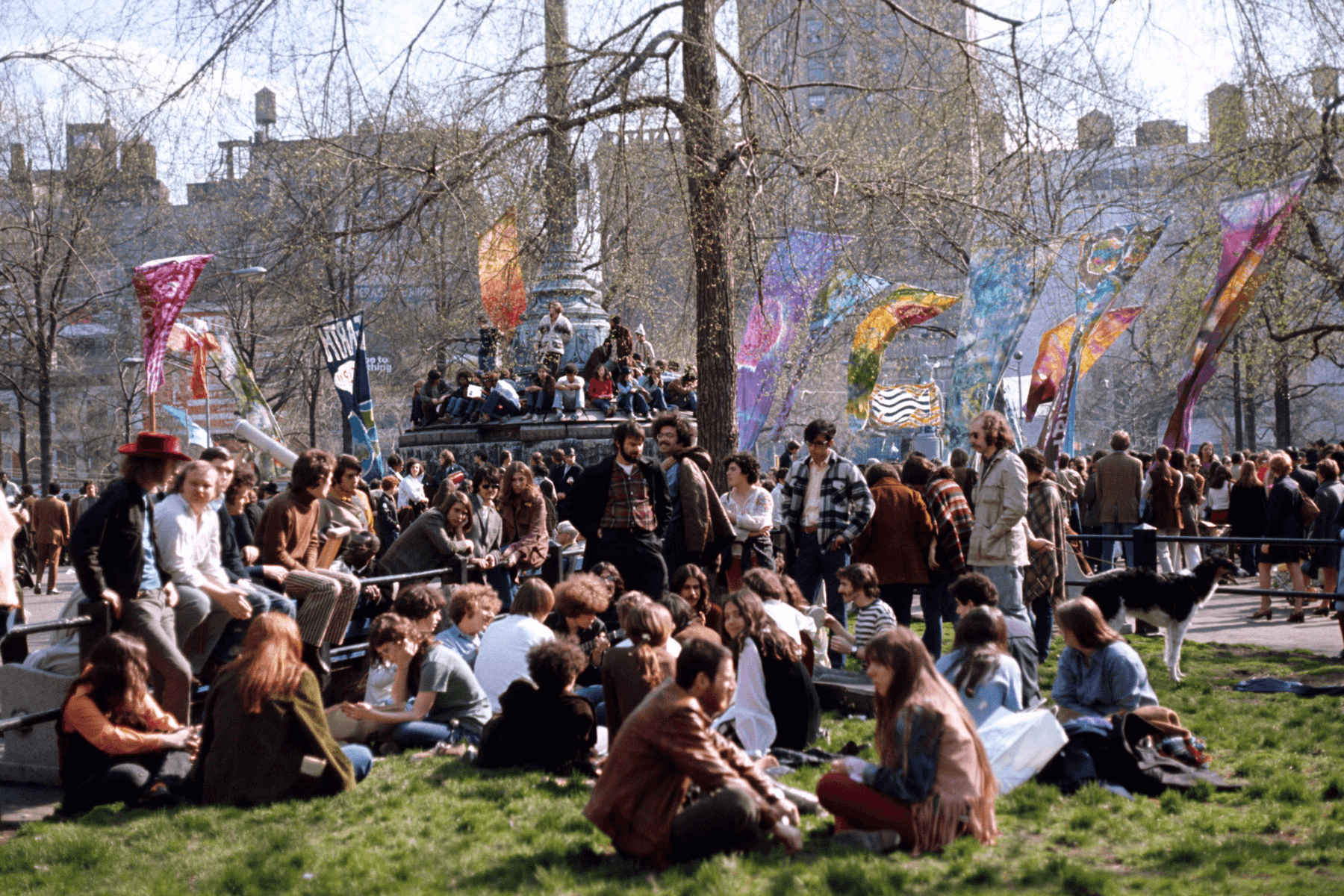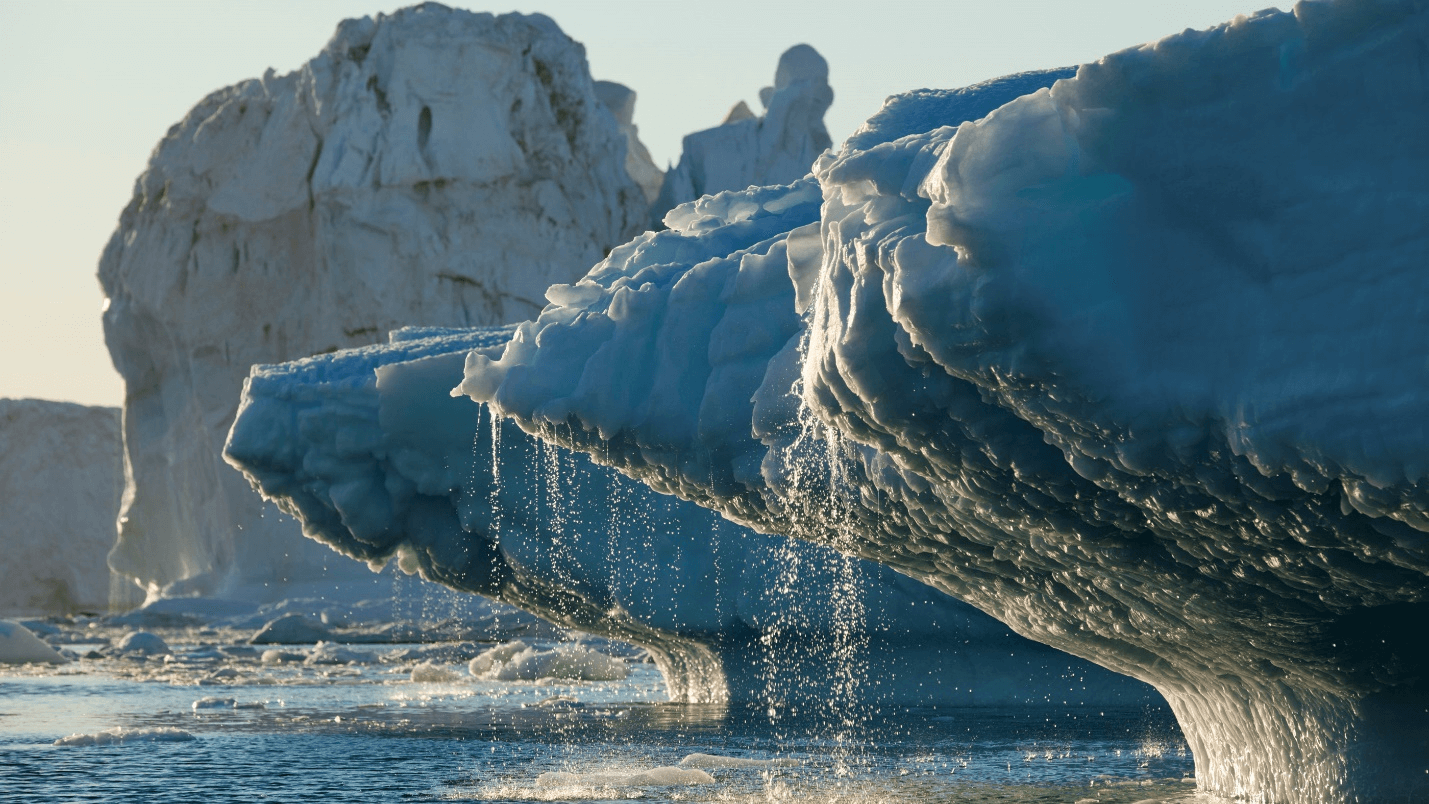
Every year on April 22, the world celebrates Earth Day.
Earth Day is a reminder that we all share a single planet, and that our actions on this planet have consequences for our friends and families and billions of people we will never meet. Earth Day is a reminder that we are not alone here, that people should be placed over profits, and that humanity’s actions not only affect humanity but all living creatures. The importance of Earth Day has faded in the United States, but throughout the world, the day still has significance—for us, Earth Day is a day for planting and growing. It is a day for us to connect deeper with the lives we are cultivating, to connect with the soil, and to reflect on how growing has changed us as people.
We hope our work helps shift our lifestyles from focusing on intensive agriculture to local farming, things are done at home and in neighborhoods, and with families. We know we are not going to solve climate change by growing all our food indoors, but we do hope it can be a starting point for us to imagine more, better ways to change the way we live for a better future.


The History of Earth Day
Earth Day was founded in response to the Union Oil Platform oil spill off the coast of Santa Barbara, CA, in 1969. Thousands of animals died because of the disaster and it was the first time the imagery of man-made environmental disasters was shared worldwide. It is disappointing that it took the mainstream so long to recognize the damage we were doing to the places we live but in 1970, leaders in Santa Barbara started “Environmental Rights Day” and Americans began petitioning Congress for recognition of the environmental damage caused by American corporations around the world, especially in communities that have little access to media and the attention that places like California get.
The first Earth Day came about when American senators began pushing for environmental protections after a few important moments in the United States: first was the publication of Silent Spring by Rachel Carson, and second was a 1968 photograph of Earth from the moon, which had an enormous impact on how humans saw themselves as a part of what actually isn’t a very big planet. Every single person has an impact on how others survive on the planet, so it should be everyone’s responsibility to help keep the Earth from suffocating beneath fossil fuels and depleted ozone.
Earth Day grew alongside anti-war protests that spread throughout younger generations in the United States who questioned whether the wars they were fighting were justifiable. Since 1970, countless marches, activities, and even protests have been organized alongside the name of Earth Day to remind people that the Earth is essentially a functioning organism that relies on the harmony of living things to keep the environment stable.


This Year’s Theme
Every year, Earth Day has a theme that is meant to reflect the sentiments of that era and hopefully encourage everyone to work towards a better future that is more inclusive, more stable, and more equitable future for everyone. In some ways, the theme is more reflective about ourselves than actually what the Earth “needs” at any given moment, since Earth Day is truly more about our survival than the Earth’s survival (after all, the Earth has been around for over 4 billion years, and homo sapiens have been on it for about 100,000 years—we’re not destroying the Earth, just ourselves and the life on it).
This year’s Earth Day theme is “Invest in Our Planet,” as an attempt to encourage or stimulate a business out of protecting the climate. Earth Day leaders have taken aim at the fashion industry, which makes up about 10% of humanity’s carbon emissions and about 85% of all textiles end up in a dump each year. The question is, specially raised for young entrepreneurs, how could you turn industries towards a more equitable, profitable, and stable future for everyone?

Facts about environmental change
Strangely, climate change is a controversial issue in the United States. While the rest of the world has settled their opinions on the importance of climate action and reducing emissions (even if the most industrialized countries still are not meeting their climate goals), the US debates whether these changes are actually happening at all. Yet, the facts face us directly and we have known them for a long time, even if there are variabilities between regions and any individual may not be seeing the changes with their own eyes, it does not mean the change is not happening.
In fact, the greenhouse effect was “discovered” over 200 years ago in 1820 by Joseph Fourier, and has been a subject of constant study since then. Let’s look at some facts about climate change:
- There are 416 parts per million of CO2 in our atmosphere as of July 2021, the highest in human history.
- The Earth is now about 1.1°C warmer than it was in the 1820s; our shared global goal is to not have the temperature increase to exceed 1.5°C warmer than pre-industrial levels. If this happens it is likely we will face the most damaging effects of climate change including flooding, displacement of hundreds of millions of people (meaning they’ll be moving inland), the death of biodiversity in the ocean, and reduction of food supplies, and likely starvation of most of the population on the Earth.
- Polar ice caps are melting at a rate of 13% per decade. The oldest, thickest ice in the Arctic has declined by 95%. Ice losses in the Arctic have been over 2 trillion tons lost in the 2010s.
- 11% of global greenhouse gas emissions caused by humans are due to deforestation. This is compounded by much of the deforested land being used to farm cows, which naturally produce methane through the gas.
- 800,000 hectares of mangroves are lost every year.

A healthier world is possible. We need to work together, to petition our local leaders to support environmental responsibility, to encourage corporate responsibility for environmental disasters and output, and to look for new ways to grow.
We hope that VIVOSUN can help you find a new way to grow things that are important to you, to help you imagine new ways to give back to your community, whether it is helping start seedlings for community gardens, saplings for a tree-planting initiative, or to try something even more inspirational, we hope we can help you along your journey.
Here’s to 2022 and a healthier future!
If you have any questions, please don’t hesitate to reach out to us!
And be sure to check out our other blog posts for useful tips on becoming a great grower!
Subscribe to the VIVOSUN newsletter for growing tips, grower stories, and special offers, and get 12% off your first order!
We love the new VIVOSUN Smart Grow System and we are certain that you too will love it once you try it.
And join our Facebook farmer’s community for even more exclusive contests and prizes!
Download VIVOSUN App to get 18% off and explore more information!






